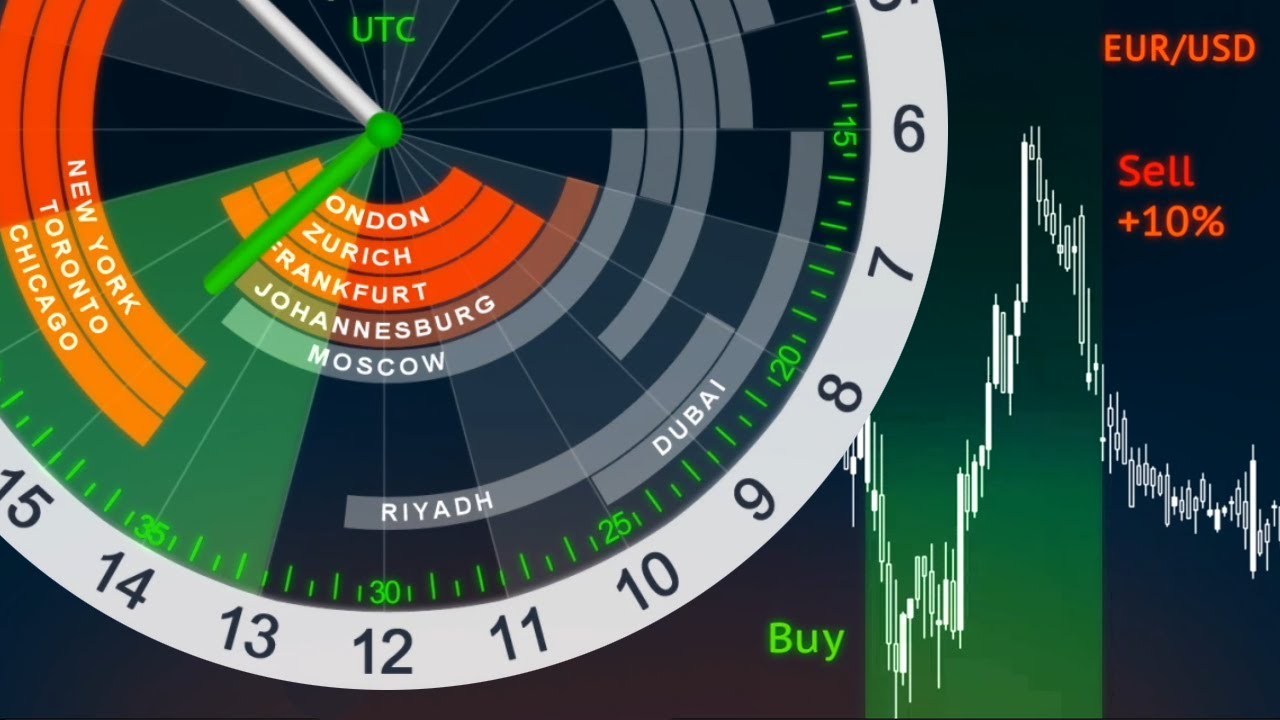

One of the greatest features of the foreign exchange market is that it is open 24 hours a day. This allows investors from around the world to trade during normal business hours, after work or even in the middle of the night. However, not all times are created equal. Although there is always a market for this most liquid of asset classes, there are times when price action is consistently volatile and periods when it is muted.
International currency markets are made up of banks, commercial companies, central banks, investment management firms, hedge funds, and retail forex brokers and investors around the world. Because this market operates in multiple time zones, it can be accessed at almost any time. The international currency market isn't dominated by a single market exchange but involves a global network of exchanges and brokers around the world. Forex trading hours are based on when trading is open in each participating country.
Trading sessions are certain time periods during which trading floors in different countries actively operate. Forex trading hours can be said to be a time period that is made up of a day of business in the financial market, which covers periods from the opening bell to the closing bell. It is required that all orders for the day should be placed within the time frame of the trading session, with bulls and bears participating in shaping the live market prices.
Tactical sophistication is important in forex trading – but so is the trading interval you choose to implement your trading plan and tactics. Some forex investors like to trade when the sun sets in Tokyo, while other get their mojo with a cup of coffee before the London market opens. Whatever trading interval you choose, make sure you understand how the trade day works, what weekend trading means, and what the best trading hours are.
Traditionally, the market is separated into three sessions during which activity peaks: the Asian, European and North American sessions. More casually, these three periods are also referred to as the Tokyo, London and New York sessions. These names are used interchangeably, as the three cities represent the major financial centers for each of the regions. The markets are most active when these three powerhouses are conducting business as most banks and corporations make their day-to-day transactions and there is a greater concentration of speculators online.
To receive new articles instantly Subscribe to updates.